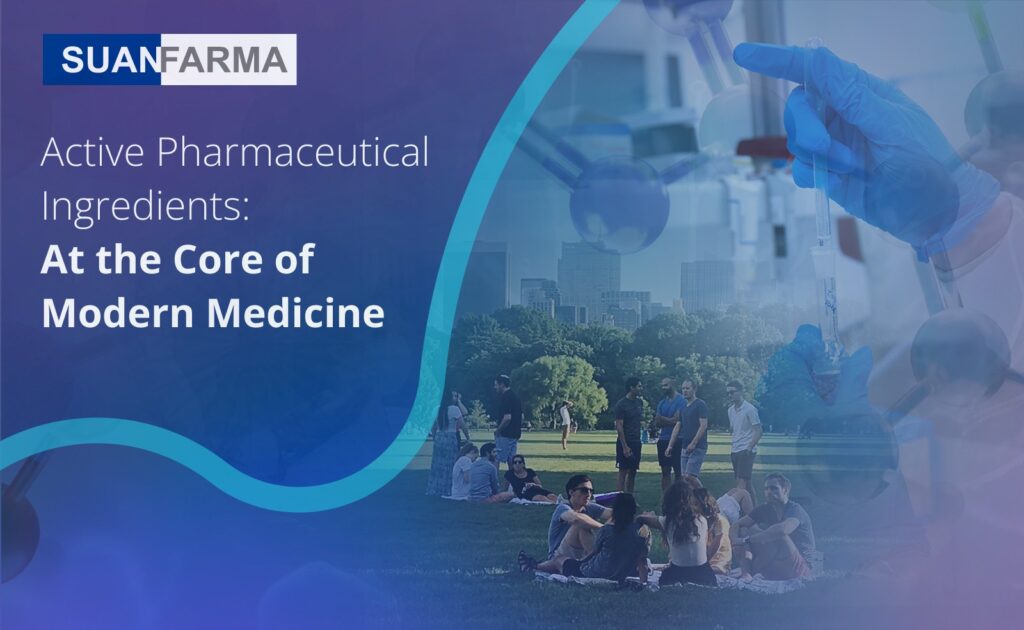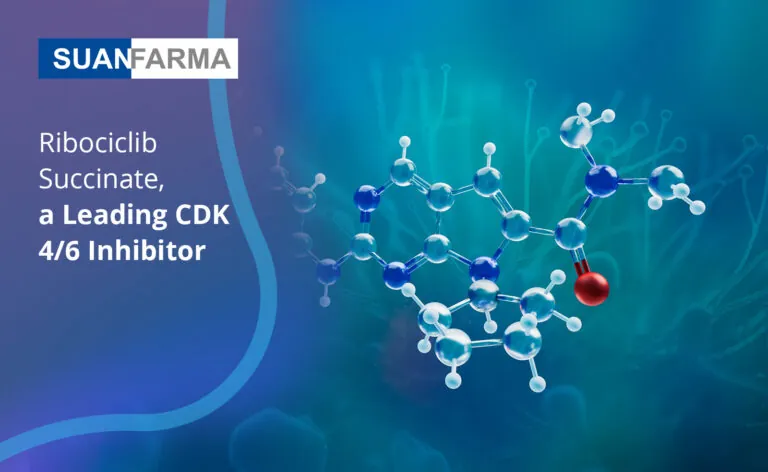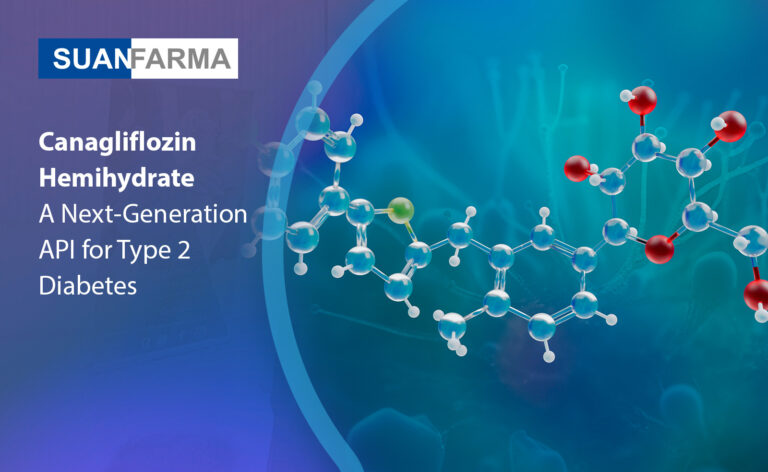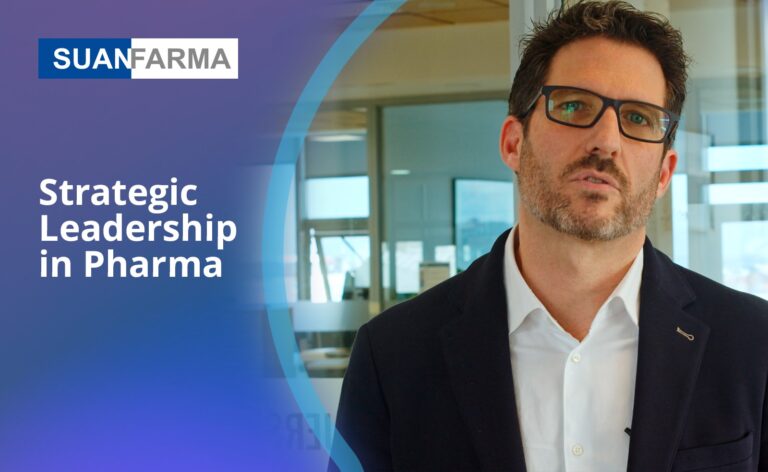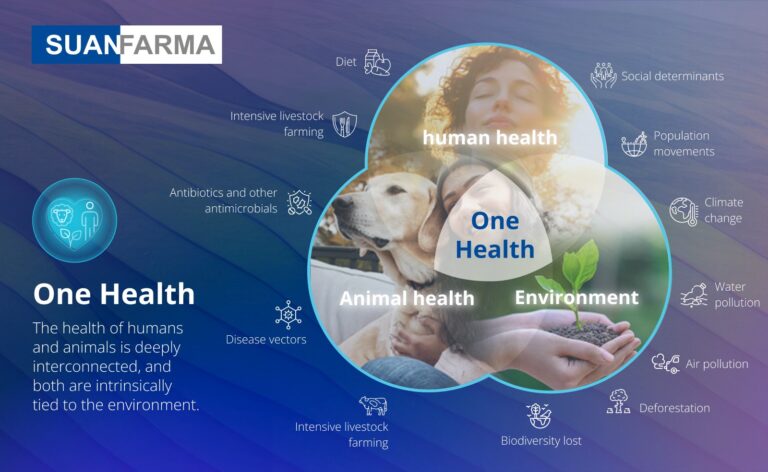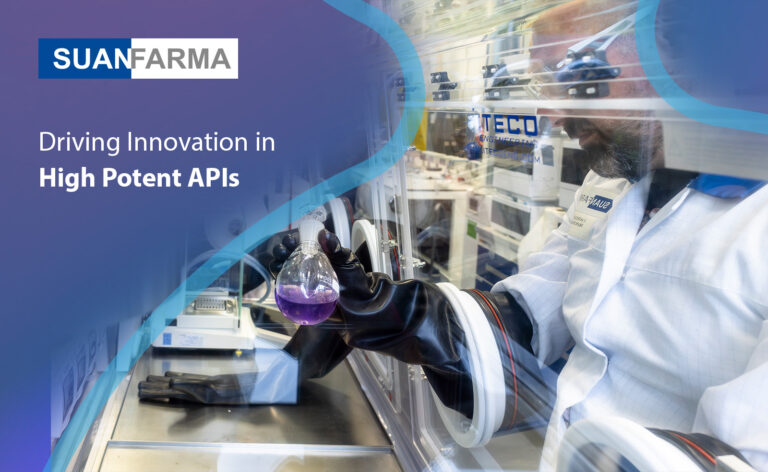Active Pharmaceutical Ingredients (APIs) are the biologically active compounds at the heart of every medication. From chronic illness treatments to cutting-edge therapies, APIs are the building blocks that ensure efficacy, safety, and innovation in medicine. As the pharmaceutical landscape shifts toward more personalized and complex treatments, the demand for advanced API manufacturing continues to rise.
A Growing and Evolving Market
From 2014 to 2023, the global molecule market has experienced steady growth—rising from $1.08 trillion to $1.62 trillion—reflecting the pharmaceutical sector’s resilience and adaptability. Behind this momentum are APIs, which remain crucial not only for branded and generic formulations, but also for the rapid development of new drugs, especially in the wake of global health emergencies.
Several factors are fueling this expansion:
• Capacity expansion in pharma and biopharma sectors
• Aging global population with higher incidence of chronic diseases
• Increased use of generics due to affordability and efficacy
• Technological advancements in drug discovery and manufacturing
• Stronger global health response capabilities post-pandemic
Outsourcing and Asia’s Dominance
Over the last two decades, the API supply chain has become more globalized and fragmented. Outsourcing to contract manufacturers—particularly in Asia—has grown rapidly. India and China now lead global API production, thanks to their cost advantages (30–40% lower than the U.S.), favorable regulations, and investment in manufacturing scale.
• 45% of API manufacturing facilities are located in China and India
• 55% in the rest of the world
The COVID-19 pandemic exposed critical vulnerabilities in API supply chains. Production delays, transport restrictions, and regulatory bottlenecks highlighted the risks of overconcentration in specific regions. Issues such as lack of global manufacturing diversity, short-term private market incentives and overreliance on low-cost geographies have led to drug shortages and urged a reevaluation of resilience and sustainability strategies in pharma manufacturing.
Innovation and the Future of API Manufacturing
Despite these challenges, the API market is on an innovation upswing. Technological progress in synthetic pathways, continuous processing, and regulatory harmonization is reshaping how APIs are developed and produced. Companies are investing in:
• Clean technologies
• Scalable continuous processes
• Regulatory-compliant quality systems
• More resilient, regionally distributed production models
These shifts aim not just to enhance supply reliability, but also to boost sustainability and long-term industry competitiveness.
Today’s API market is more than a supply chain component—it’s a strategic pillar for global healthcare. APIs are the unseen force behind every pill, vial, and therapeutic advance. As the world embraces precision medicine and grapples with evolving healthcare demands, APIs will remain central to drug innovation, patient care, and industrial resilience.
Its story is one of global interdependence, scientific excellence, and strategic foresight—making it one of the most vital and dynamic sectors in healthcare today.

